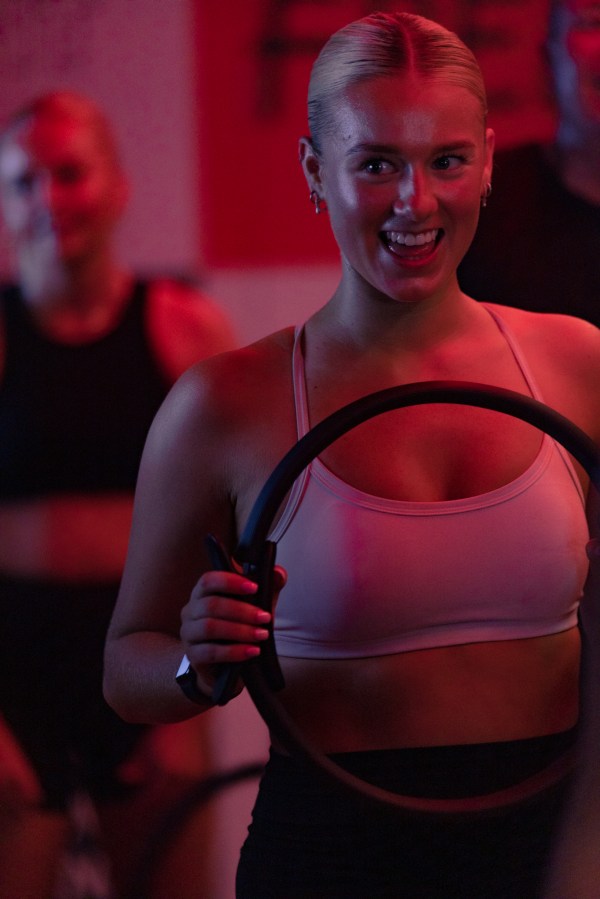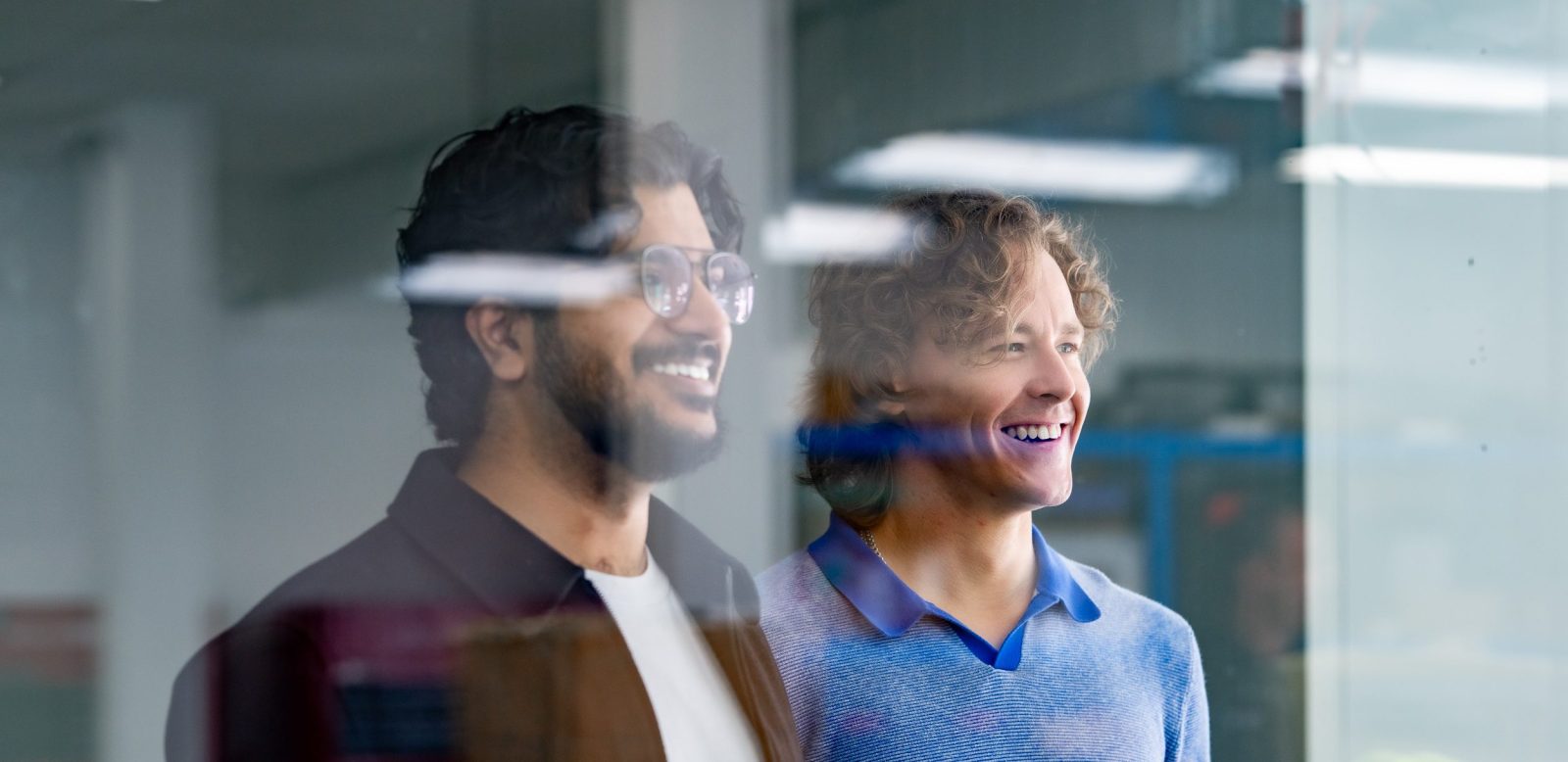When Sundance vaulted indie filmmakers into the spotlight in the late 1980s, it reshaped cinema and the business around it.

A generation of directors, from Tarantino to the Coen brothers, emerged with little more than grit and maxed‑out credit cards, changing culture and creating new multi‑million‑dollar markets that influenced industries well beyond cinema—from Hollywood to fashion and beyond.
A similar inflection point is here. This time, the catalyst isn’t cheap cameras, it’s generative AI.
Barriers are collapsing as a laptop, AI model, and imagination can now produce short cinema-like work. Talent pipelines are shifting, with students, indie creators, and startups reshaping industries from film to gaming. Most importantly, the business impact is real, as generative AI could add A$115 billion annually to Australia’s economy by 2030.
The question is: will Australia nurture this wave, or watch the next generation of creators and industries form elsewhere?
Why Australia Needs a Creative AI Infrastructure
Australia has world‑class universities, a proud film tradition, leading advertising agencies creating award winning-work, and thriving creative industries employing over 350,000 people—more than aviation or coal mining. The wider creative sector generates $5.4 billion in export revenue annually. Yet the national AI conversation largely focuses on data centres, coding, and infrastructure. Important areas, but they miss a vital part of the picture: culture and creativity.
Australia lacks a focal point where culture and AI intersect—something other countries are already cultivating. Festivals and creative platforms fill that gap.
Recognising these opportunities, I worked with a group of colleagues to create the Disrupt AI Film Festival (DAIFF), Australia’s first festival dedicated to AI-generated storytelling, launching this year. While DAIFF appears to be a showcase of short films made with generative AI, it’s designed as something deeper—a platform where academia, law, technology, and the arts converge to tackle hard questions about copyright, ethics, and the future of Australian creative talent.

Associate Professor Max Schleser of Swinburne University, one of the partners, calls it “more than a festival.” He explains: “We are observing a new wave of filmmaking emerging. We can notice a proliferation of hundreds of new AI film festivals or festivals that include a dedicated AI category in the last two or three years. The Disrupt AI Film Festival puts Australia on the map and new screen forms on the cinema screen. DAIFF is more than a festival, it’s a catalyst for creative innovation, ensuring Australia has a strong voice in shaping meaningful applications of GenAI. Through supporting the next generation of creative talent in the Australian screen industry now, we will also collectively ensure that Australian stories will resonate globally tomorrow.”
For entrepreneurs, investors, and corporate leaders, this isn’t just a cultural play—it’s a commercial one. Building a GenAI storytelling culture now means seeding industries that ripple into gaming, advertising, marketing, fashion, design, and more.
Other markets aren’t waiting:
- Runway’s AI Film Festival in New York drew 6,000 submissions, partnered with IMAX, and put AI‑generated shorts on a 10‑city theatrical run—the first of its kind, now influencing the gaming industry.
- Annecy International Animation Film Festival in France, long recognised as the world’s premier animation festival, has begun featuring AI‑assisted works alongside global productions.
- London, Los Angeles, and the BFI have staged AI storytelling events and issued guidelines for the screen sector.
Meanwhile, Australia risks losing talent and influence. Without homegrown platforms, young filmmakers, designers, and entrepreneurs will gravitate toward markets that support them. Cultural sovereignty matters: in a borderless digital economy, whoever sets the platforms and standards shapes the narratives. Failing to invest in such infrastructure risks lost revenue, lost influence, and lost trust.
Festivals like DAIFF offer a glimpse of what new creative infrastructure looks like. They are not only showcases of talent but also pressure‑testing grounds where questions of authorship, ethics, and governance can be worked through before these issues spill into the boardroom. They serve as pipelines for talent and forums where business, academia, and policymakers collide.
That’s the big picture. But what about the tools themselves? Expectations often clash with reality. As one LinkedIn creator known for sharing widely viewed AI films put it: “In reality, it takes more than 800 prompts, and over 5 tools to produce a good 5 minutes of film.”
Based on data from DAIFF entrants, the most frequently used tools include:
- ChatGPT
- Veo 3 (Google)
- Flow (Google)
- Leonardo.AI
- Runway Gen‑3
- Midjourney
These tools are already embedded in creative workflows. Leonardo.AI alone has generated more than a billion artworks, and its founder told Forbes Australia the platform enables “extremely high‑speed outputs” that let creators test and discard ideas quickly. For businesses, that means faster prototyping and lower costs—an efficiency edge as much as a creative one.
DAIFF also shows how partnerships expand opportunity. Its network spans Google, Leonardo.AI, TBWA, law firms, and universities, mirroring the kind of cross‑sector collaboration needed to seed an industry. Canada and New Zealand once used film incentives to lure Hollywood. AI storytelling could be Australia’s equivalent.
Most importantly, creative AI should be seen less as a cost‑cutter and more as a growth engine. OpenAI estimates it could contribute A$115 billion a year to the economy by 2030, but only if countries develop skills and culture to match. Supporting AI storytelling is not charity; it’s an industrial strategy.
The bottom line
Creative infrastructure isn’t optional. It’s the scaffolding that ensures Australia captures value, builds IP, and exports its stories—rather than watching them written elsewhere.
The Road Ahead: Securing Australia’s Place in GenAI Storytelling
Australia faces a choice: either become passive consumers of AI‑driven culture or build the infrastructure to shape it.
For business leaders, this is not an abstract cultural debate. It’s about:
- Protecting against IP and reputational risk.
- Building pipelines of creative talent.
- Creating an Australian ecosystem.
- Seizing growth in industries from advertising to fashion, gaming to design.
Sundance was never just about films—it was about the ecosystem that grew around them. DAIFF represents a similar moment for Australia: a chance to set standards, export culture, and capture economic value while nurturing the next generation of talent.
The next decade of storytelling will be defined by how technology and art converge. By investing now, Australia can ensure its creative voices aren’t drowned out in the global algorithmic feed but amplified on the world stage.
Look back on the week that was with hand-picked articles from Australia and around the world. Sign up to the Forbes Australia newsletter here or become a member here.


